We have worked hard over the past few years to make a concerted effort towards doing more for conservation, both within our park and for the global animal and wildlife communities. If you would like to read our full conservation policy it is available here. However, this page is designed to summarise that work and show how the policy is having a real world impact, and for those who want to see exactly what we are up to, what we have got planned and what impact our work is having you can read our latest Conservation Plan & Impact Statement below:
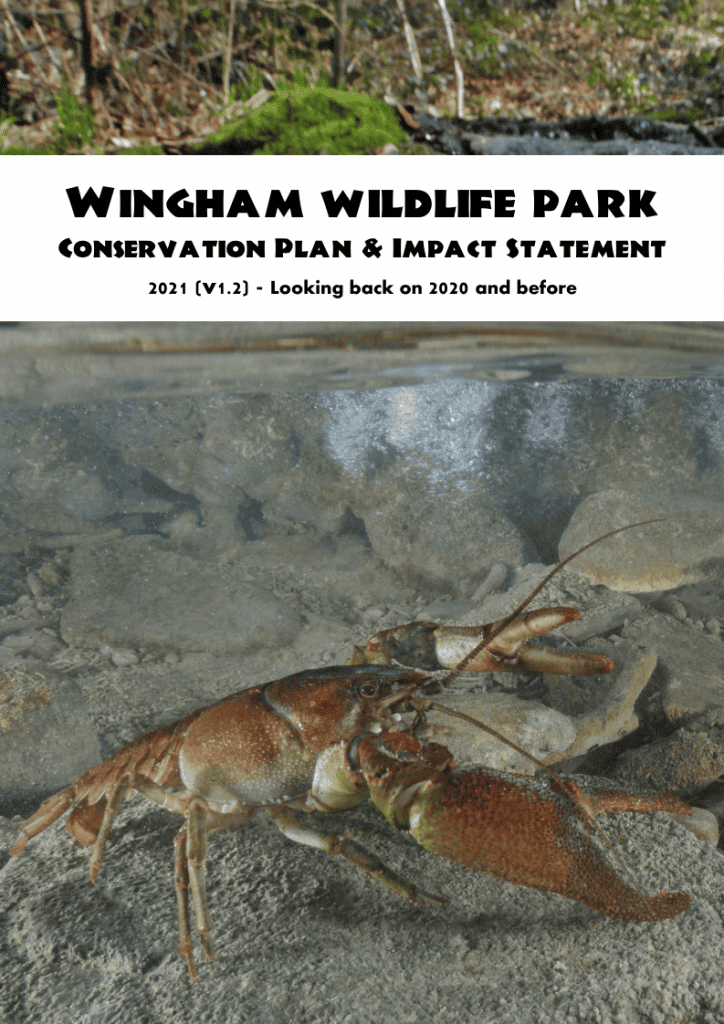
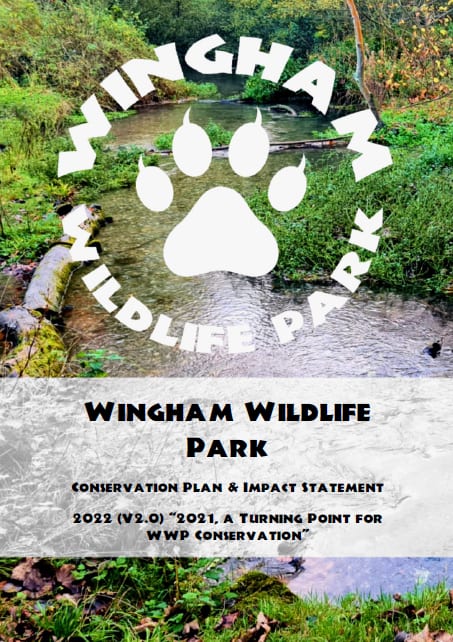

Membership organisations
We have worked hard to be incorporated as members within various membership organisations which make a positive impact on wildlife conservation, whether through streamlined information sharing, animal management policies or educational outreach:
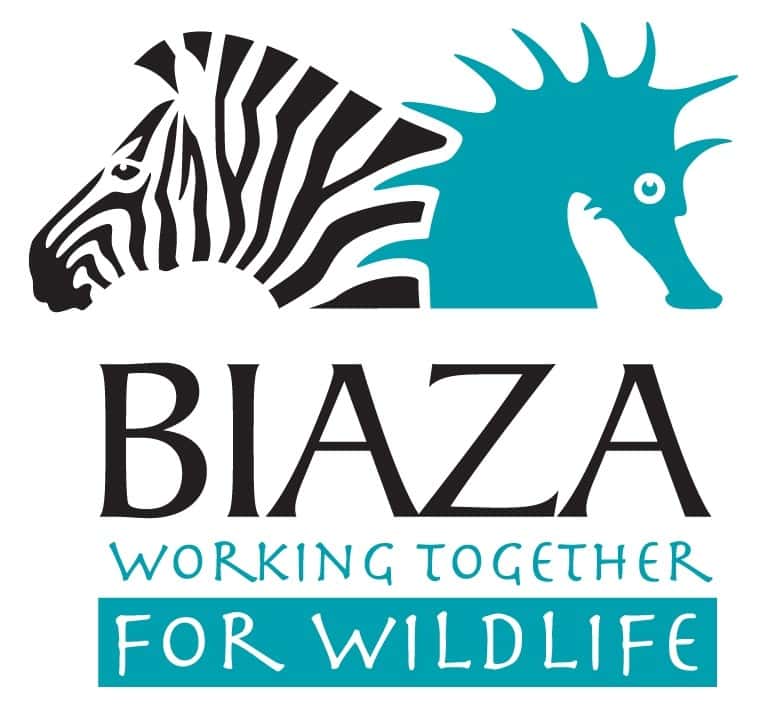
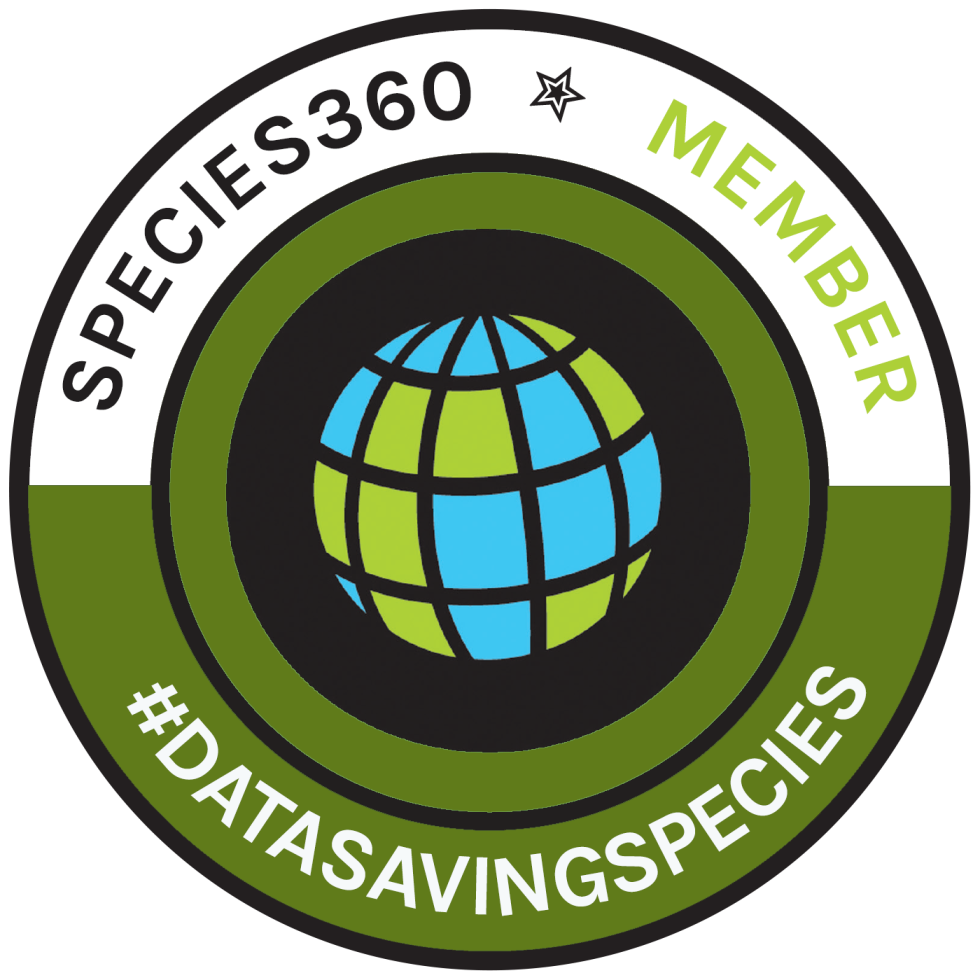
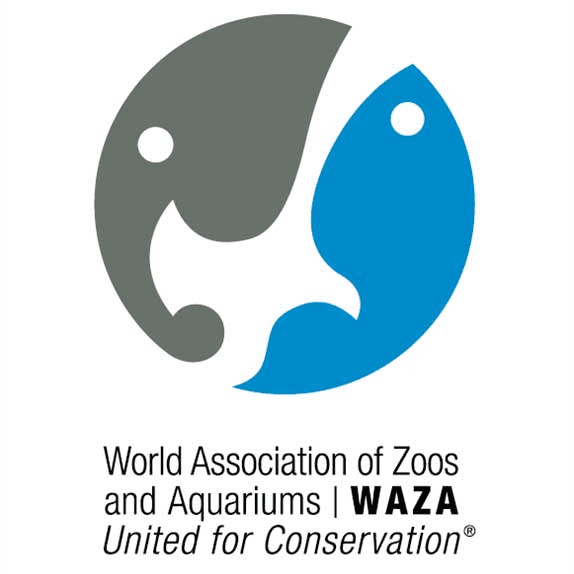
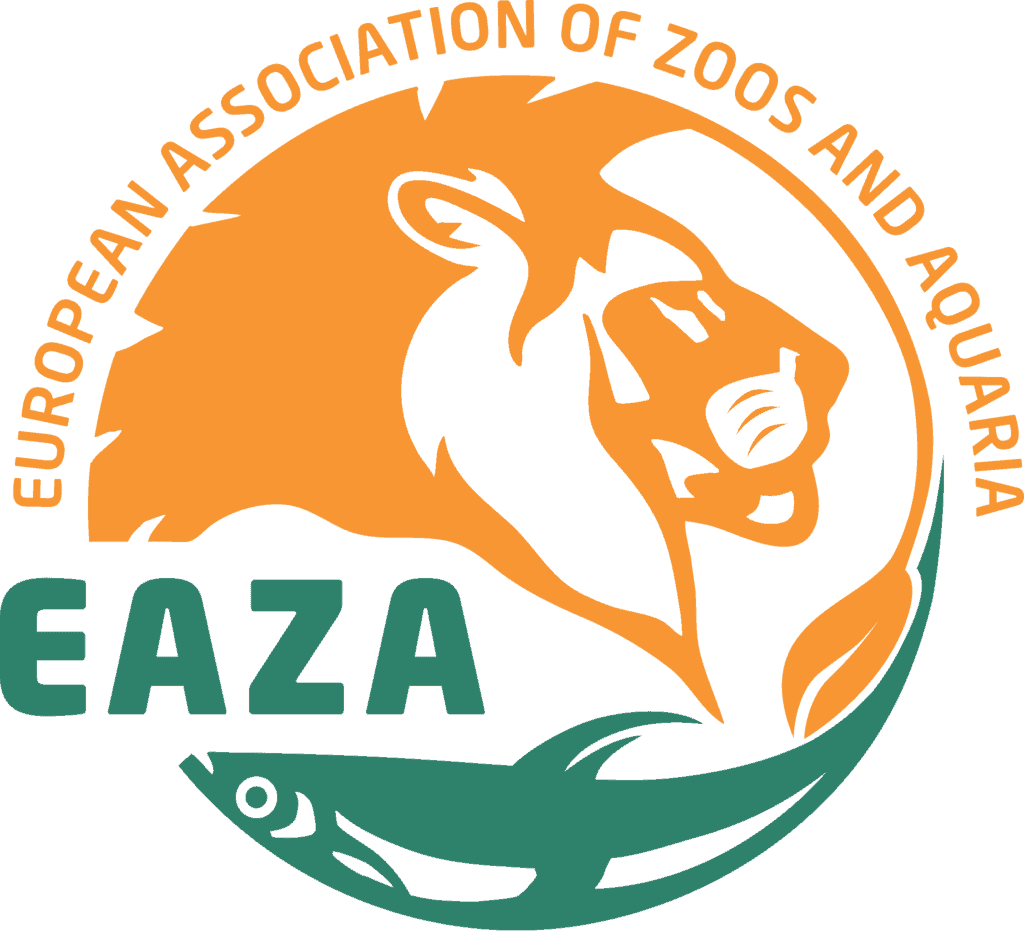
Studbooks
Studbooks are what help zoos ensure that the animals which they keep and breed remain of the highest possible genetic caliber. Through working closely with other zoos and organisations, sharing information and adhering to breeding recommendations we are able to help make a positive impact on the captive population of a number of endangered species. The most common of these programs are the European Endangered Species Programs (EEP), European Studbooks (ESB) and International Studbooks (ISB). At present we are working with the following 21 managed programs (7 x ESB species & 14 x EEP species):
| Common Name | Scientific Name | Program Level |
|---|---|---|
| Binturong | Arctictis binturong | EEP |
| Black crested mangabey | Lophocebus aterrimus | ESB |
| Bornean orangutan | Pongo pygmaeus | EEP |
| Chimpanzee | Pan troglodytes | EEP |
| Clouded leopard | Neofelis nebulosa | EEP |
| Common squirrel monkey | Saimiri sciureus | EEP |
| Cuban crocodile | Crocodylus rhombifer | ESB |
| Eastern black and white colobus | Colobus guereza | ESB |
| Eurasian lynx | Lynx lynx | ESB |
| Gila Monster | Heloderma suspectum | EEP |
| Goeldi's monkey | Callimico goeldii | EEP |
| Jaguar | Panthera onca | EEP |
| Mandrill | Mandrillus sphynx | EEP |
| Mexican Beaded Lizard | Heloderma horridum | EEP |
| Northern Luzon cloud rat | Phloeomyz pallidus | ESB |
| Red panda | Ailurus fulgens | EEP |
| Spiny hill turtle | Heosemys spinosa | ESB |
| Visayan warty pig | Sus cebifrons negrinus | EEP |
| West African dwarf crocodile | Osteolaemus tetrapis | ESB |
| White cheeked gibbon | Nomascus leucogenys | EEP |
| Southern cheetah | Acinonyx jubatus jubatus | EEP |
Furthermore we do not only work with these programs but also try to get involved with the bureaucratic side of trying to coordinate all of these animals on an international level. As such we also have the following studbook involvements:
| Common Name | Scientific Name | Management Level | Our Involvement | Who Is Involved |
|---|---|---|---|---|
| Savu Island python | Liasis mackloti savuensis | ESB | Coordinator | Markus Wilder |
In-Situ Work
Most of our in-situ conservation work (work which is done with certain animals and / or habitats in the wild) is done with partners as this allows us to better understand and deploy the work required on the ground, especially when this is carried out in a different country. The work which we are currently carrying out around the world includes:
Asian In-Situ Conservation
Khe Nuoc Trong
Forests in Vietnam (in this case Khe Nuoc Trong) are threatened by degradation due largely to illegal logging, farming and other land conversion uses. We are supplying funding to aid with the work which our partner, World Land Trust carries out in the region with a third partner called Viet Nature. Read more about this work here.
Other Conservation Work
The majority of our conservation work is in the field of conservation education, through meeting school classes and giving them animal or class room talks to meeting our visitors in the park at our touch table displays and just by providing signs on our habitats to show them important information about animals in the wild. However some of the more specific projects which we are involved in include:
Lobbying
When we feel passionate about a specific project or cause then we will tell the people and institutions involved how we feel, and if we are very passionate and this appears to be by-passing those decision makers, we may even get our visitors to help with our lobbying efforts. Two of our most prominent and on-going of these are our lobbying efforts to improve the RSPO certification for palm oil and encouraging supermarkets to look deeper in to their supply chain regarding palm oil.
Sustainability policies
This is one of the easiest ways in which you too can make a difference to conservation, by living more sustainably. For a business such as ours it is a long process to change our ways and ensure that we are as sustainable as possible in all things we do, whether it is energy consumption or plastic use. Our general sustainability policy can be found here, however where we feel like we take the biggest strides and try to go above and beyond what most organisations do is with our palm oil policy.
Research
Conservation research can be as varied as looking at improving husbandry techniques for certain species (both in captivity or the wild) to seeing how effective a sustainability certificate is. We try to get involved with as many of these kids of research projects as possible and you can read our full research policy here. However an overview of all of the research with which Wingham Wildlife Park has been involved can be seen below:
| Year | Authors | Level | Title |
|---|---|---|---|
| 2016 | Barbanera, F., Moretti, B., Al-Sheikhly, O. F., Guerrini, M., Theng, M., Gupta, B. K., Haba, M. K., Khan, W. A. & Khan, A. A. | PhD | Phylogeography of the smooth coated otter (Lutrogale perspicillata): distinct evolutionary lineages and hybridization with the Asian small clawed otter (Aonyx cinereus) |
| 2017 | Dibb, A. | Msc | Foraging preferences of 6 habitat generalist bird species |
| 2018 | Baker, H. | Bsc | Human audiences and captive chimpanzees: a study on the effect of visitors and the impact it creates on their behaviour. Is their welfare compromised? |
| 2018 | Samuel, A. | Bsc | How do captive ring tailed lemurs respond to unfamiliar (visitors) and familiar (keepers) humans in a walk through enclosure? |
| 2018 | Paleira Rebelo, E. M. | Msc | Management, quality of life and veterinary care in ageing zoo animals |
| 2018 | Attree, E. & Collins, M. | Msc | Coprological survey of gastrointestinal parasites in canine carnivores |
| 2018 | Bellward, L. | PhD | Interactive technology use with captive great apes |
| 2018 | Hooper, E. | Msc | Enriching the Lives of Wolves (Canis lupus) |
| 2018 | Eckley, L. | PhD | Avian malaria in zoos - research survey |
| 2018 | Dibb, J & Dunn, J. | Bsc | An evaluation of semi-wild and captive populations of barbary macaques |
| 2018 | Oliver, L. | Bsc | An evaluation of public opinions of education and interpretation methods used in zoos |
| 2018 | Halligan, J. | Bsc | Ambient temperature modulates locomotion in the Linnaeus’s two-toed sloth (Choloepus didactylus) |
| 2018 | Saliveros, A. & McAusland, F. | Msc | Social Learning and Anti-Predator Behaviour in Otters (subfamily Lutrinae) |
| 2019 | Richardson, S. | Bsc | How does the presence of zoo visitors affect chimpanzee (pan troglodytes) behaviour and welfare? |
| 2019 | Harris, B. | Bsc | Investigating grief and bereavement behaviour in response to the death or removal of cohabiting individuals in captive apes. |
| 2019 | Chissick, E. | Bsc | Visitor effects on the enclosure use and activity of tufted capuchins |
| 2019 | Wouldham, C. | Bsc | Environment and visitor number effects on faecal cortisol levels and behaviour in captive cheetahs. |
| 2019 | Wilder, M., Aldred, L & Rennie, K. | Internal | Do consumers understand the Roundtable on Sustainable Palm Oil certification process and associated Trademark scheme |
| 2019 (ongoing) | Wilder, M., Trevethick, C., Tamburrini, N., White, J., Williamson, J., Collins, J., Reale, A. & Easter, S. | Internal | Can long term social network analysis be used to aid with implementing preemptive captive management processes and husbandry alternations to combat seasonal stressors in a group of captive chimpanzees |
| 2019 | O'Malley, O. | Msc | Food presentation methods for fish-eating ESB/EEP species held in BIAZA collections |
| 2019 | Doris, D. | Bsc | Is there a difference in stress levels (with cortisol as an indicator) between cloud rats living individually and those in a group? |
| 2019 | Hammerton, R. | MPhil | Keeper perceptions of captive primate diets: Nutritional and welfare perspectives |
| 2019 | Bartlett, H. | Bsc | An Investigation into the Incidence of Dystocia and Follicular Stasis in Bearded Dragons (Pogona) |
| 2019 | Loram, J. | Diploma | The difference between normal and abnormal behaviours in captive and wild ring-tailed lemurs |
| 2019 | Couto, H. | Msc | The role of the amphibian species held in modern zoo collections and quantifying their conservation impact |
| 2020 (ongoing) | Wilder, M. | Internal | Cholesterol granuloma in meerkats and the ability to decrease risk through dietary changes |
| 2020 (ongoing) | Wilder, M., Jay, M., Johnson, A., Gant, A., Gauld, K., Bullock, S., Swift, B., Haymes, J., Beasley, S., Marriott, I. & Codd, C. | Internal | Can long term social network analysis be used to aid with implementing pre-emptive captive management processes and husbandry alterations to combat seasonal stressors in a group of captive giraffes, including but not limited to animal movements and introductions |
| 2020 | Roberts, I. | Bsc | Observational analysis of the effect of enclosure and rearing condition on space utilisation by captive chimpanzees |
| 2020 | Hernandez-Colinam A., Eckley, L., Loez, J & Baylis, M. | MSc | Avian Malaria in UK Zoos, Aquariums and Wildlife Parks |
| 2020 | Mede, J. | Professional | Red panda amdoparvovirus infection |
| 2020 | Haynes, C. | MSc | Evaluating Factors for Captive Breeding of Reptiles |
| 2020 | Gosden, S. | BSc | Keeper perceptions on whole vs chopped diets |
| 2020 | Collins, J. | Diploma | Evaluating the Nocturnal Activity Levels and Enclosure Use in 2 family groups of Spix’s Night Monkeys (Aotus vociferans) |
| 2021 | Sturaro, A. | MSc | An estimate of cases of urolithiasis in giraffes (Giraffa camelopardalis) and risk factors associated with the disease in European zoos. |
| 2021 | Corbett, C. | MSc | The influence of management factors on the adrenal activity of captive ambassador cheetahs (Acinonyx jubatus). |
| 2021 | Wilder, M. | Internal | The importance of privacy for white clawed crayfish in retreat selection in captivity |
| 2021 | Wilder, M. | Internal | An impact evaluation of the new Bug Garden exhibit on feelings about invertebrates and their conservation |
| 2021 | Rasmussen, L. | PhD | A genetic approach to Cotton Top Tamarin conservation |
| 2021 | Bearchell, E. | BSc | An investigation into whether one to one animal experiences with Meerkats stimulates a stress response in the animal/s taking part, based on behavioural observations and cortisol levels in faecal samples |
| 2021 | Britton, O. | BSc | Cortisol level analysis in wild cat species of Kentish zoos |


